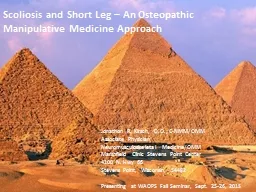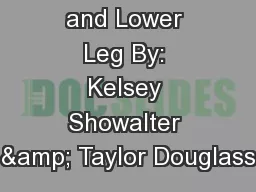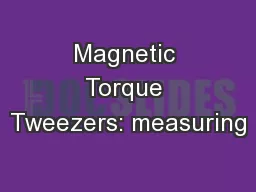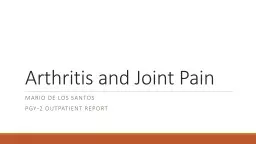PPT-Joint and Leg Stiffness
Author : luanne-stotts | Published Date : 2019-12-30
Joint and Leg Stiffness W Rose 20170406 Related reading Dubose et al 2017 Lower extremity stiffness changes after concussion Med Sci Sports Exer 49 167172 McMahon
Presentation Embed Code
Download Presentation
Download Presentation The PPT/PDF document "Joint and Leg Stiffness" is the property of its rightful owner. Permission is granted to download and print the materials on this website for personal, non-commercial use only, and to display it on your personal computer provided you do not modify the materials and that you retain all copyright notices contained in the materials. By downloading content from our website, you accept the terms of this agreement.
Joint and Leg Stiffness: Transcript
Download Rules Of Document
"Joint and Leg Stiffness"The content belongs to its owner. You may download and print it for personal use, without modification, and keep all copyright notices. By downloading, you agree to these terms.
Related Documents














